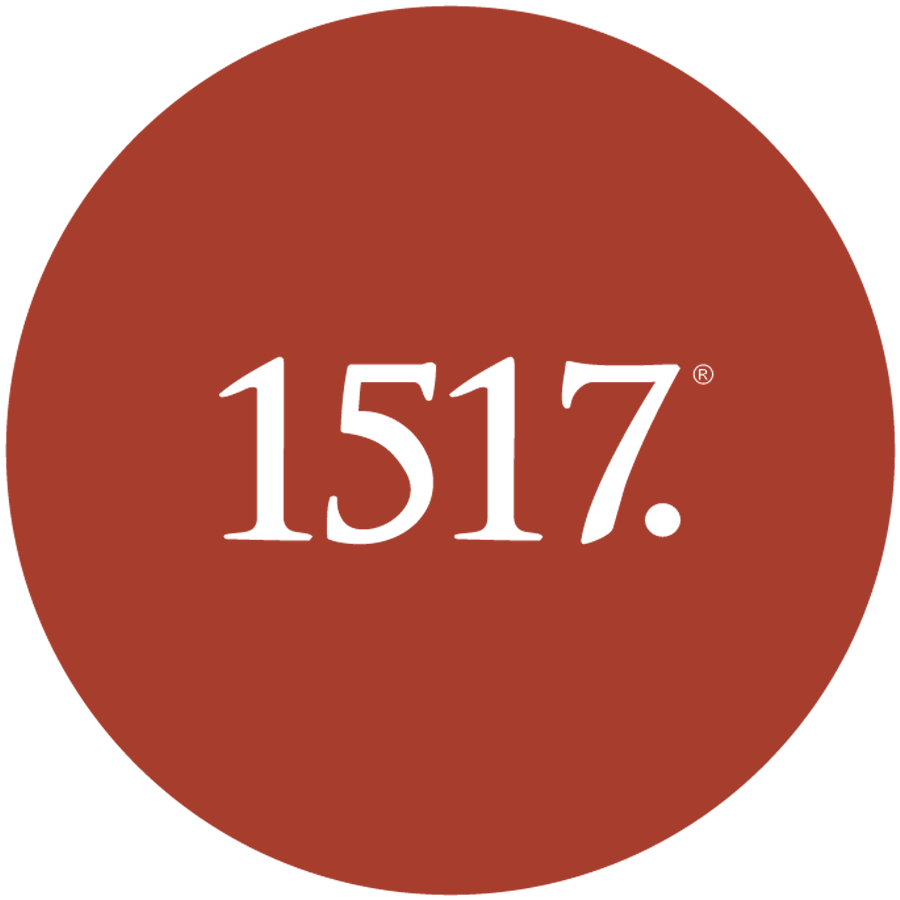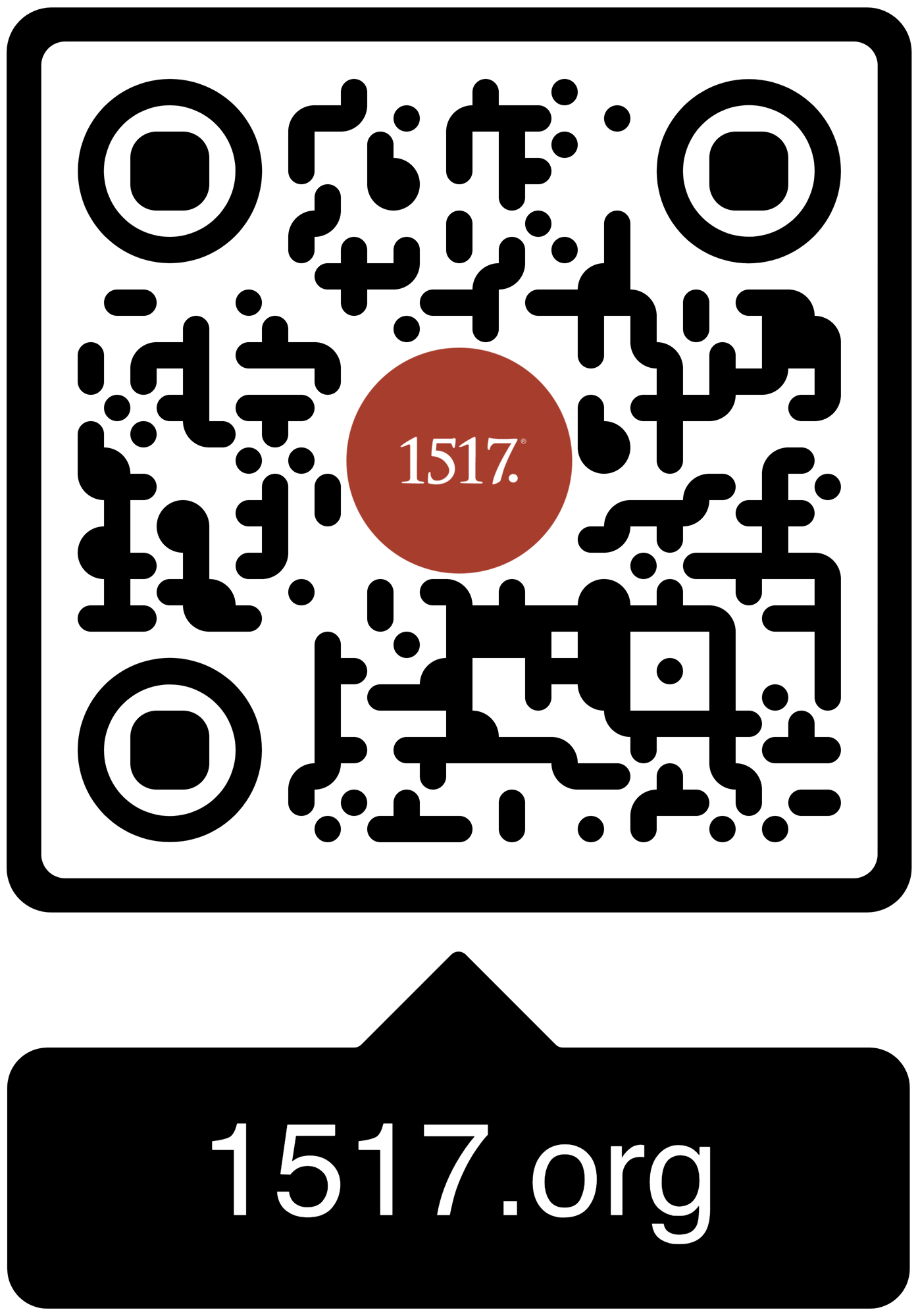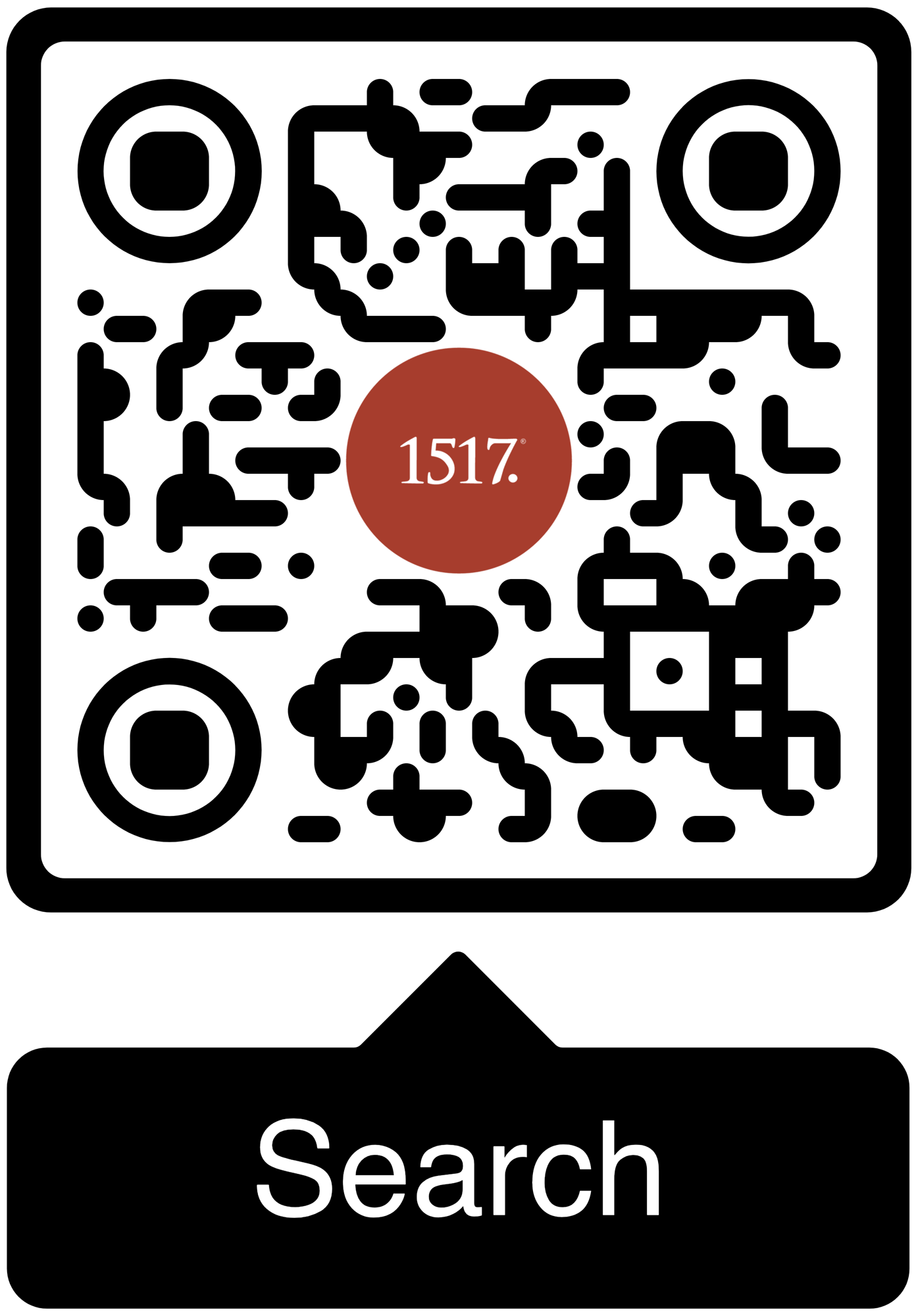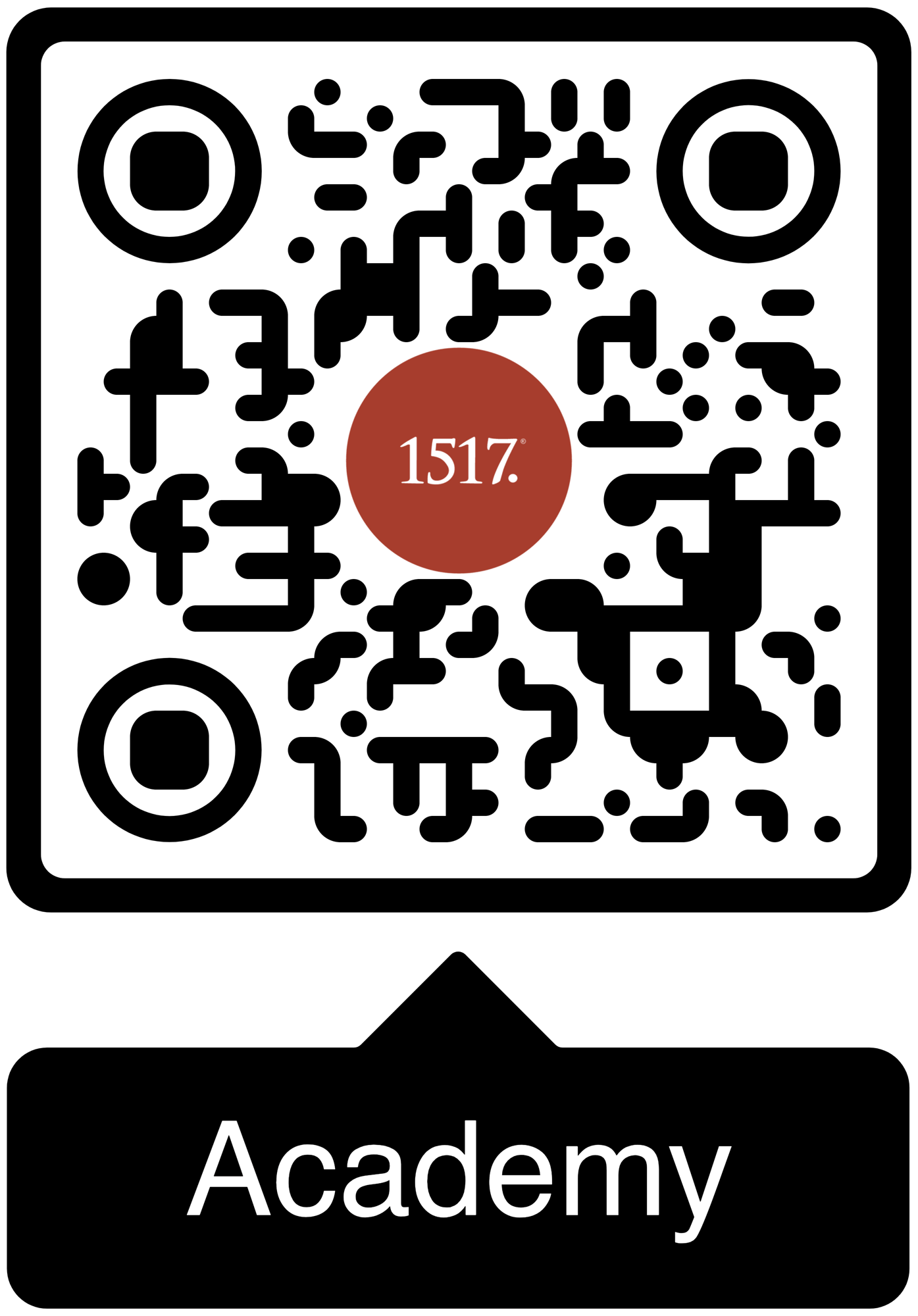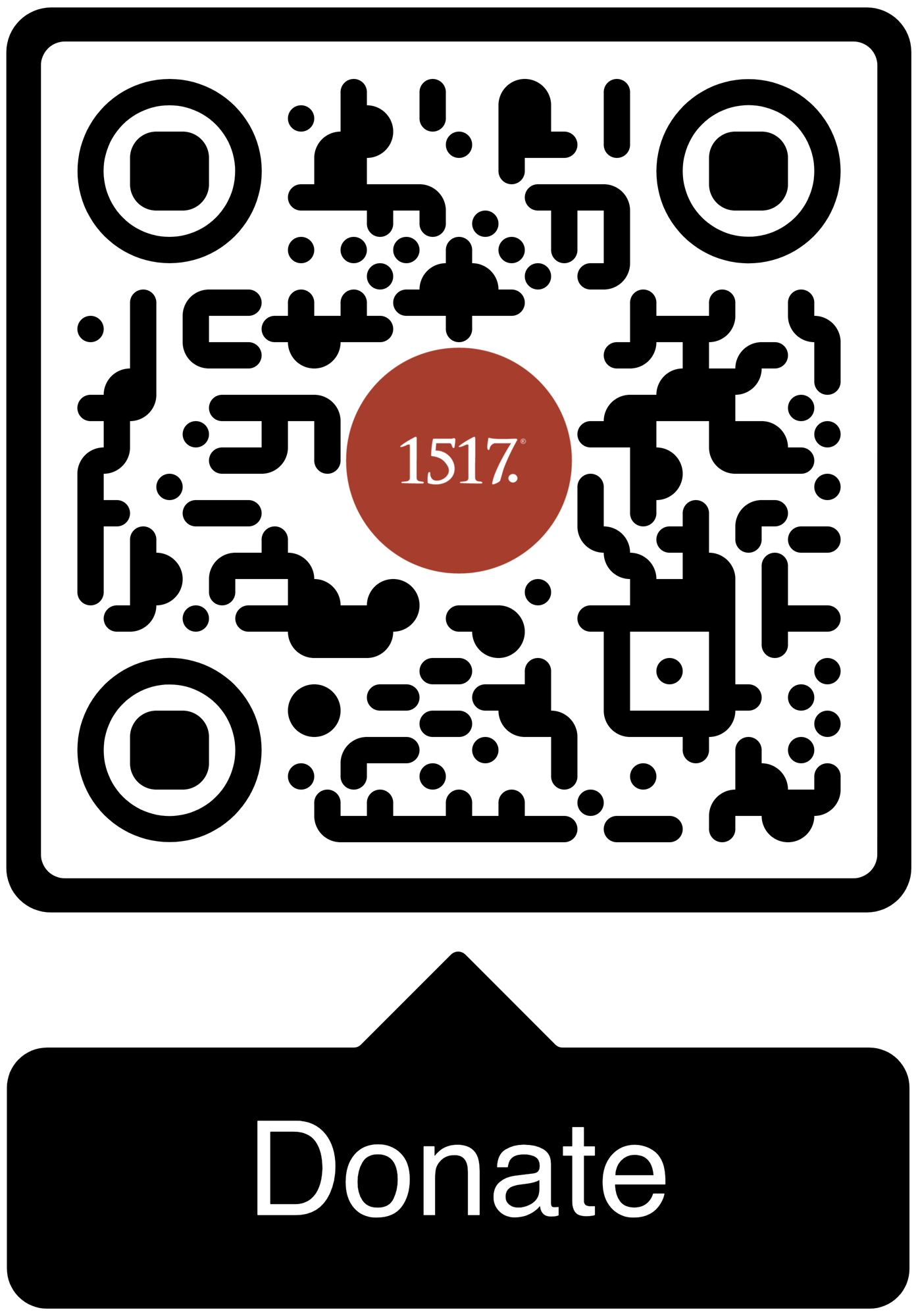For English speakers, no Reformer comes close to Tyndale in terms of measurable impact.
It’s nothing short of a miracle that we have God’s Holy Word condensed into paper, ink, and leather at our beck and call whenever we should need it. Going one step further, most of us have this text in a language we can understand, making the Bible accessible and easier than ever to read. In the journey to the mass-produced English-language Bible, an indispensable character was William Tyndale, who finished his translation of the New Testament into English in the summer of 1525.
Bible Translation Before Tyndale
There’s a general perception that the Bible was only available in the classical languages until the Reformers came along and (rightly) advocated for the Bible to be accessible to the average believer. Jerome's Latin Vulgate was the standard version of the Scriptures through the Middle Ages, but as dominant as the Vulgate was among the clergy, vernacular Bibles were available. However, the lack of mass-printing techniques and book production expenses made fully printed Bibles hard to come by. Additionally, clerical authorities banned the vernacular Bible in particular places at particular times in response to perceived misuses of it. One extreme example can be seen in the episode of the Albigensian Crusade. The Albigensians, or Cathars, promoted the ancient heresy of Gnosticism, alongside their belief that every believer deserved access to Scripture. At the Synod of Toulouse, following the military response that ended the Cathars, the church connected one thing to another and reasoned that too much access to Scripture was dangerous. When heresies ran rampant, the vernacular text of the Bible sat in the crosshairs of a church determined to stamp out heterodox teachings. [1]
In the century preceding Tyndale, a new “heresy” would start taking time and energy from the English church and crown. This new heresy, eventually termed “Lollardy,” was a theological ancestor to Protestantism in certain ways, particularly in its belief in the priesthood of all believers and the authority of Scripture, which should be available in the vernacular. The most famous of the Lollards was John Wycliffe, who is best known for the English Bible that bears his name. He and a team of translators would complete this translation, based on the Latin Vulgate, before his death in 1384.
During his lifetime, Wycliffe enjoyed protection from powerful figures such as John of Gaunt and the Duke of Lancaster, but the years following his death painted an ominous picture for his followers. When John of Gaunt’s son, Henry, captured the throne in a coup to become Henry IV, he needed stability across the realm, especially within the church. This prompted a new act in 1401 that allowed the burning of heretics, a fierce warning to those questioning church authority.
Undeterred, the Lollards mounted a sizable uprising against Henry V in 1414 that quickly saw its lead conspirator burned at the stake. In the same year at the Council of Constance, Wycliffe would be condemned as a heretic for rejecting papal authority, upholding Scripture as the final authority of the faith, and preaching against monastic corruption. From this point until Tyndale’s birth, the majority of these years were bloody ones, but the Lollards lived on, quietly worshipping underground.
Tyndale’s Background
William Tyndale was born right on the cusp of Lollardy's last revival before it merged with English Protestantism in the 1530s. Not much is known of Tyndale's early years, or even the exact date of his birth, but most scholars think he was born in the early 1490s near Gloucestershire. Tyndale, like Wycliffe, led a mostly academic life – studying at Oxford, then teaching at Cambridge, where he narrowly missed meeting Desiderius Erasmus, the great biblical humanist, whose work would be of great use to Tyndale. At Cambridge, Tyndale frequented the “White Horse Inn,” where he would connect with other reform-minded, humanist scholars, like Miles Coverdale, to discuss the theological works coming out of Germany. His perspective was not limited to the ivory tower, though. Ordained in 1515, Tyndale served several years as a chaplain in his hometown, where he would rub against the clerical establishment – and not for the last time.
Serving the family of Sir John Walsh, Tyndale was dining one evening with a priest visiting the family. The two clerics debated various theological issues of the day. Eventually, they came to the subject of Scripture, which Tyndale hounded until the priest lamented that it would be “better to be ‘without God’s law than the Popes.’” Incensed, Tyndale retorted, “I defie the Pope and all his lawes…if God spare my lyfe ere many years, I wyl cause a boye that dryveth the plough, shall know more of the scripture than thou doest.” [2] Little did Tyndale know, he would cause far more than a ploughman to know the Scriptures.
Tyndale’s Bible Translation
The project to translate Scripture into English began in 1523, one year after the publication of Luther’s German New Testament. Like Luther, Tyndale drew on Erasmus’s recent Greek New Testament, which by 1523 was in its third edition. Scholars embracing biblical humanism no longer saw the Latin Vulgate as the best foundation for biblical studies. Humanism was a movement that began on the Italian peninsula that placed a particular value on classical learning and classical languages, with the principle of Ad fontes, or a return to the sources. For biblical humanists, this meant going back to the languages in which the Bible was written: Hebrew, Aramaic, and Greek. Erasmus’s groundbreaking work provided a surer foundation for an accurate translation that would allow Tyndale to improve even upon Wycliffe’s work from the 1380s.
Having settled how he would go about the translation itself, Tyndale now had to settle the matter of publishing it. Despite his earlier dustup with the English clergy, Tyndale sought to place his project within the church. He appealed to the Bishop of London for patronage that would give this new Bible legitimacy within the confines of the church, but the bishop turned him away. A cloth merchant named Humphrey Monmouth provided much-needed financial support that would have allowed him to stay, but the political climate of England became risky for Tyndale. Elite churchmen of the realm, namely Thomas More, pursued Tyndale and his pro-Protestant friends in the name of keeping the church free of influence from the “heresy” developing across the channel. Several of his friends would die in England, but Tyndale would take his work elsewhere.
While he continued to receive financial support from England, Tyndale found a better environment to work on his translation in Germany. He started his time there in Hamburg, but he would go on to Wittenberg, where he would meet Martin Luther. Perhaps during this time, he added some of Luther's own words as commentary into the edition – Luther’s preface to the German New Testament was reprinted in English and appended to Tyndale’s work, infusing it with Reformation doctrines.
In the years following the translation’s completion, Tyndale would revise his New Testament numerous times while moving on to the Old Testament, consulting Hebrew texts for his translation.
Finally, in July 1525, Tyndale completed his English New Testament, which would be printed in Cologne. [3] Not one to avoid trouble, Tyndale would soon need to leave Cologne for Worms, where more editions would be published and printed. Printed copies of this new English New Testament were smuggled across the channel in 1526, only to be swiftly condemned, bought up, and burned by the very Bishop whom Tyndale had approached when beginning his project, signifying just how welcome Tyndale’s work was at this time. Only 18,000 copies were printed during Tyndale’s lifetime, so it is remarkable that two completed volumes remain to this day, on display at the British Library.
Sensing the potential troubles even before he left England, Tyndale was careful to publish his work anonymously. Protestant persecution in England continued into the early 1530s, preventing Tyndale from ever returning to his native land. In the years following the translation’s completion, Tyndale would revise his New Testament numerous times while moving on to the Old Testament, consulting Hebrew texts for his translation. By 1530, he would complete the Pentateuch, and in his lifetime, he would complete translations of a few of the books of the minor prophets.
Tyndale’s Legacy
While he is best remembered as a translator, Tyndale's theological contributions are often forgotten. He wrote a handful of treatises engaging the debates of his day that placed him firmly on the side of the Reformation. He wholeheartedly embraced justification by faith alone in “The Parable of the Wicked Mammon.” Still, Tyndale was an independent thinker who did not fall in perfect step with the Lutheran Reformation, particularly in his denial of the real presence of Christ in the Supper and his emphasis on God’s covenant relationship with his people that would characterize the Genevan Reformation.
Unlike other Reformers, Tyndale would only scatter his theological thoughts across various treatises, never into a text as systematized as the Book of Common Prayer or the Institutes. He hardly got the chance as his life would come to an abrupt end in 1536. He spent his last few years in Antwerp, where he likely received support from the community of wealthy English cloth merchants who had underwritten his journey to the continent twelve years prior. He was betrayed in 1535 and sold out to the authorities of the Catholic Church for what they considered to be heterodox views. After spending a year in prison near Brussels, he was found guilty and executed on October 6, 1536, but his legacy would live on.
For English speakers, no Reformer comes close to Tyndale in terms of measurable impact. While he never completed a full translation of the Bible, Miles Coverdale carried on Tyndale's work and produced a completed English-language Bible by 1535. This combined Tyndale’s existing translations with Coverdale’s own, which he based on Luther’s German Bible. Coverdale’s version would not be immediately accepted, as the English Reformation took several decades to solidify Protestantism’s hold on the kingdom, but it was a start.
Tyndale's desire to place the vernacular Bible within the church was realized, even if he would not live to see it.
When the people of England received the "Authorized Version" in 1611 from King James, ninety percent of the New Testament came from Tyndale's work, shaping English-speaking Christians and English speakers worldwide with its simple, memorable prose. [4] Four hundred years later, there are hundreds of English translations of Scripture from which to choose. A simple search of BibleGateway.com shows an embarrassment of riches for the modern believer seeking to read God's Word. During this quincentennial month, we would do well to remember that these riches were expensive, indeed.
It took an impressive alignment of movements and people for Tyndale to bring these English-language Scriptures to the world. Biblical humanism, the legacy of Lollardy, the work of Luther, and even the very funds of a cloth merchant created an environment where a young boy from Gloucestershire would go on to translate a healthy portion of the Bible and change the world. Tyndale’s philological acumen created a translation worth preserving, making the most of the moment. In time, his desire to place the vernacular Bible within the church was realized, even if he would not live to see it. While Tyndale paid the ultimate price for his beliefs, dying a heretic’s death, his legacy lives on in every English Bible that is opened, read, and treasured. Whether that Bible rests in a magnificent cathedral or the humblest home, its very presence echoes back to Tyndale and his faithful use of God’s gifts.
[1] Beth Allison Barr, “Banning the Bible: Did It Really Happen in the Medieval World?,” Beth Allison Barr, May 18, 2016, https://www.bethallisonbarr.com/banning-the-bible-did-it-really-happen-in-the-medieval-world/.
[2] Jan J. Martin, "William Tyndale, John Foxe, and the 'Boy That Driveth the Plough'," Religious Educator, 17, no. 2 (2016): 87.
[3] The Editors of Encyclopaedia Britannica Article History, “William Tyndale,” Encyclopædia Britannica, accessed July 9, 2025, https://www.britannica.com/biography/William-Tyndale.
[4] “Tyndale, William,” The Oxford Encyclopedia of the Reformation, vol. 4, (New York: Oxford University Press, 1996) 190. Accessed July 17, 2025. https://archive.org/details/oxfordencycloped0004unse_m4l3/page/190/mode/2up?q=TYNDALE
